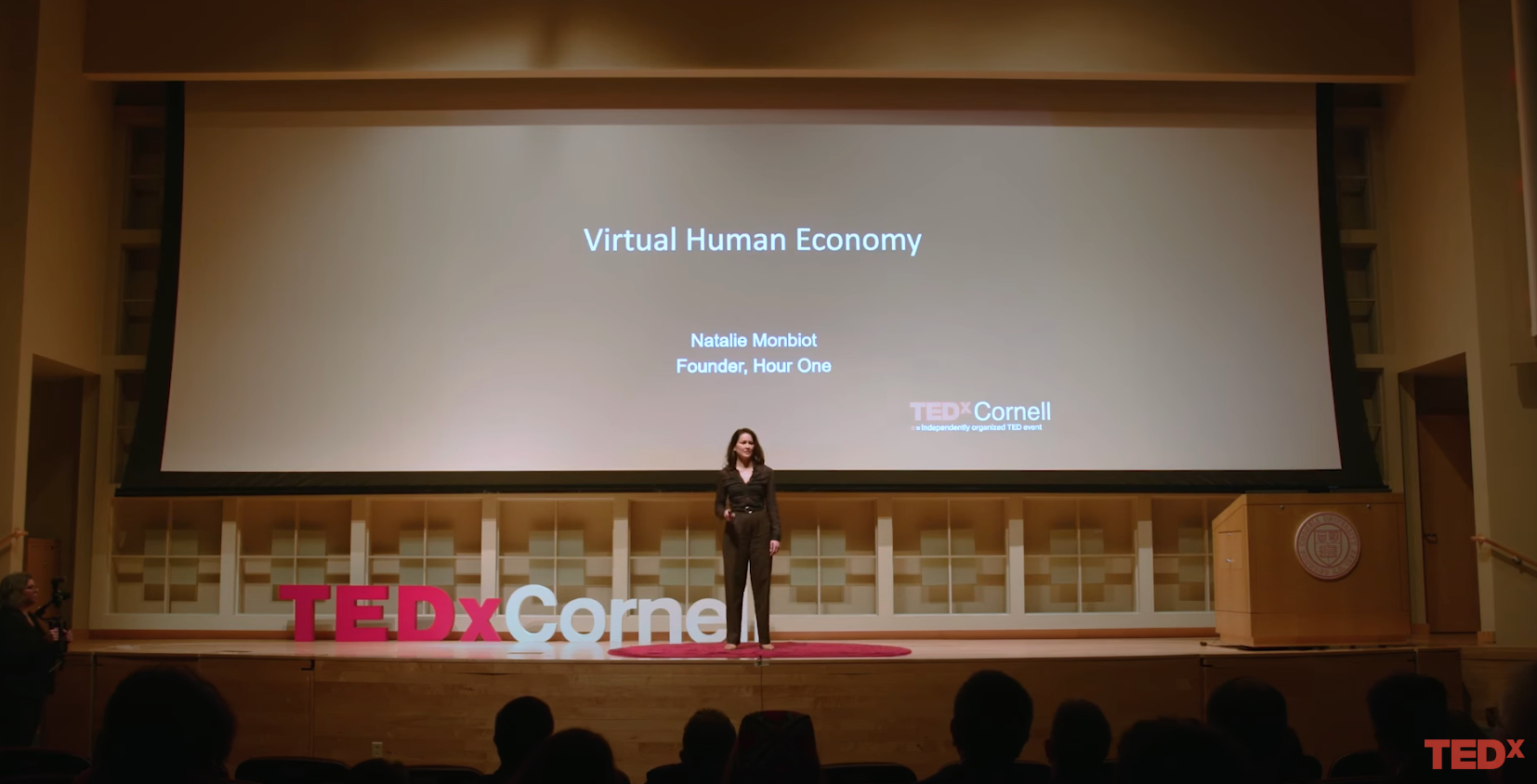Okay, so you’re faced with a tough choice as a content creator: pump out content like crazy, or spend ages perfecting every little detail. It’s like deciding whether to have a million friends or a few really close ones. Both have their perks, right?
On one hand, there’s the thrill of live content. Keynotes, live streams, even those newfangled real-time avatars – it’s like performing live theater. The energy is electric, and you get instant feedback. It’s like hanging out with your friends and seeing their reactions in real-time. But let’s be real, it’s a lot of pressure. One slip-up and it’s out there for the world to see.
On the other side, we’ve got the carefully crafted content. Think of those polished movies you love. They take forever to make, but the end result is often pure magic. Pre-recorded webinars, fancy AI avatars – it’s all about perfection. You can control every little detail, make sure your message is crystal clear, and even do a million takes if you need to. But sometimes, it can feel a bit… stiff. Like watching a movie instead of hanging out with a friend.
So, what’s the answer? Well, just like in life, it’s about finding that sweet spot. The bottom line is, there’s no right or wrong answer. It depends on your goals, your audience, and what you’re feeling creative about that day.
The Case for Quantity: Real-Time Content
Real-time content – think keynotes, live streams, and real-time avatars – offers an unparalleled level of engagement. It’s like performing live theater. The immediacy creates a sense of urgency and excitement, fostering a direct connection with your audience. Platforms like Twitch and TikTok have capitalized on this, demonstrating the power of real-time interaction.
- Pros:
- Super engaging: There’s nothing like real-time interaction with your audience. You can answer questions, get immediate feedback, and create a sense of community.
- Authenticity: Live content shows your true colors. No scripts, no filters – just you being you. People love that raw, genuine connection.
- Quick and easy: Want to share something now? With live content, you can hit record and go. No fancy equipment or editing needed.
- High reach and impressions: Live content often sees a spike in reach and impressions due to its time-sensitive nature and potential for sharing.
- Strong engagement metrics: Live chats, likes, shares, and comments can lead to high engagement rates.
- Cons:
- Pressure is on: You’re on camera, live, with no do-overs. Mistakes happen, and everyone can see them.
- Quality control: Live streams can be a bit hit-or-miss when it comes to quality. Bad lighting, sound issues, or internet problems can ruin the experience.
- Limited reach: Not everyone can tune in live. People in different time zones or with busy schedules might miss out.
- Lower average time on page: Viewers often spend less time on live content compared to pre-recorded options.
The Case for Quality: Scripted Content
Scripted content, such as pre-recorded webinars, cinematic AI avatars, and carefully crafted blog posts, is akin to creating a film. It allows for meticulous planning, refinement, and control over every aspect. Platforms like YouTube and Netflix have perfected this art, demonstrating the power of polished storytelling.
- Pros:
- Quality control: You can edit, refine, and perfect your content until it’s absolutely flawless.
- Consistency: Every piece of content matches your brand voice and style perfectly.
- Wider reach: People can watch pre-recorded content on their own time, no matter where they are.
- Higher potential for shares and virality: Well-produced, high-quality content is more likely to be shared.
- Deeper engagement: Viewers often spend more time consuming pre-recorded content, leading to higher engagement metrics.
- Cons:
- Time-consuming: Creating high-quality pre-recorded content takes time, effort, and often, money.
- Less engagement: Without live interaction, it can be harder to connect with your audience on a personal level.
- Feels less authentic: Sometimes, too much polish can come across as fake or inauthentic.
- Lower initial reach and impressions: Pre-recorded content often requires more promotion to gain traction.
When Speed Takes a Backseat: Why Quality Matters
Let’s face it, sometimes it’s not about how fast you can get your message out, but how well it’s crafted. For instance, when it comes to thought leadership, you’re not just sharing information; you’re positioning yourself as an expert. This requires careful consideration, research, and a polished delivery. Rushing this process for the sake of being first can dilute your message and damage your credibility.
Think about it this way: would you rather watch a hastily put-together live stream about complex financial strategies or a well-produced, informative video that breaks down the concepts clearly? Most people would choose the latter. The same goes for corporate communications, advertising campaigns, and even employee training. These aren’t areas where mistakes can be easily corrected or where immediate feedback is crucial.
Then there’s the matter of brand consistency. When you’re crafting content that represents your company, quality control is paramount. Pre-recorded content allows you to ensure that every piece aligns with your brand identity and messaging. While chatbots are great for handling routine inquiries, they can struggle with complex questions or maintaining a consistent brand voice.
Finding the Perfect Balance
The truth is, neither quantity nor quality is inherently superior. Both have their place in a well-rounded content strategy. The key is to find the right balance that aligns with your goals and audience preferences.
For instance, a brand building thought leadership might prioritize high-quality, scripted content to establish expertise. Conversely, a brand focused on community engagement and rapid response might lean towards real-time content.
Ultimately, content creation is both an art and a science. It requires intuition, creativity, and data-driven decision-making. By understanding the strengths and weaknesses of both quantity and quality, you can craft a content strategy that delivers results.








